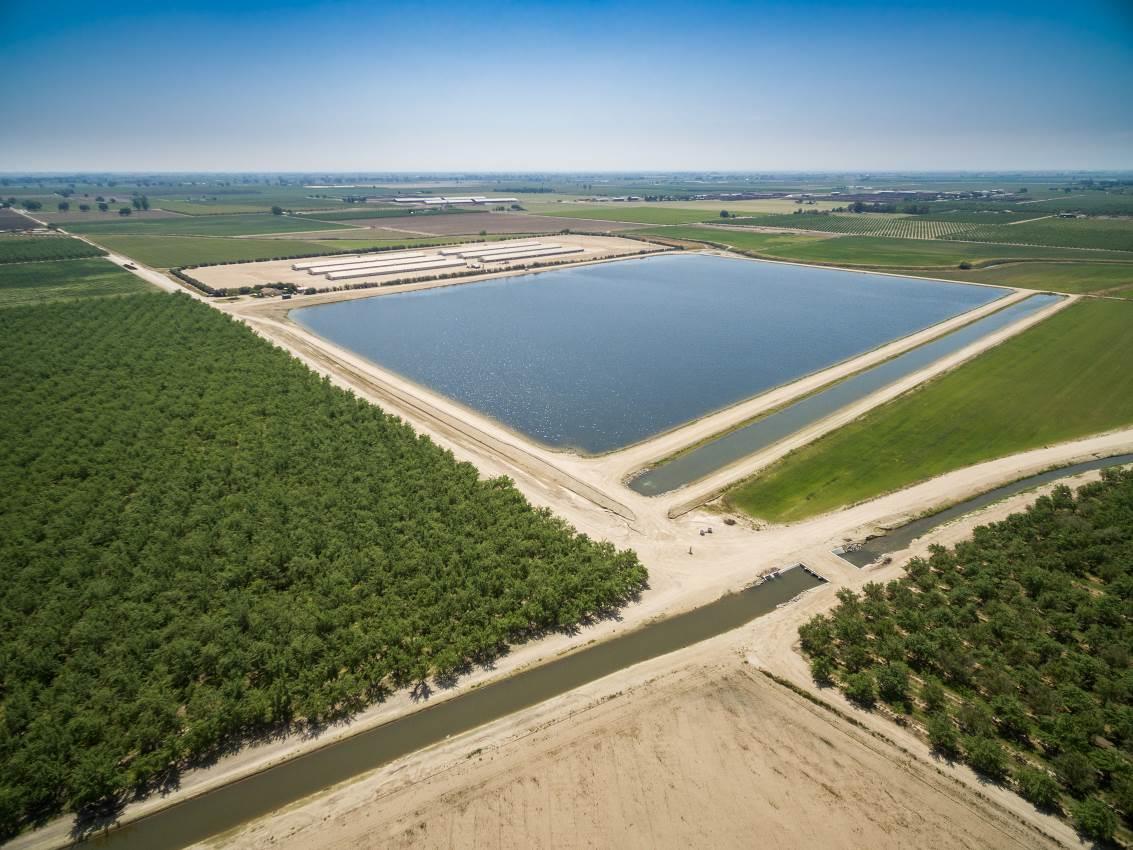Guest commentary from Soua Lee, Program Manager of the Kings Basin Water Authority, on behalf of the IRWM Roundtable of Regions.
How does a region integrate Sustainable Groundwater Management Act (SGMA), a program mandated by State legislation, with Integrated Regional Water Management (IRWM), a voluntary collaborative effort, to implement regional water management solutions?
A question often asked, but with no definitive answer depending on who you ask. This article discusses how IRWM and SGMA share a similar approach that involves comprehensive management on a regional scale and provides examples of where the two programs are working together successfully.
The IRWM story began in 2002 when the Regional Water Management Planning Act (SB 1672) was passed by the Legislature. IRWM is a voluntary, collaborative effort to identify and implement water management solutions on a regional scale to increase regional self-reliance, reduce conflict, and manage water to concurrently achieve multiple benefits.
The IRWM approach delivers higher value for investments by considering all interests, providing multiple benefits, and working across jurisdictional boundaries. Examples of the benefits that have resulted from IRWM programs include improved water quality, better flood management, restored and enhanced ecosystems, and more reliable surface and groundwater supplies.
Since the original legislation, various bond acts approved by California voters have provided over $1.5 billion in State funding to support and advance integrated, multi-benefit regional projects in 48 IRWM planning regions located across the state. The local cost share with the State resources has been impressive; when viewed statewide, every grant dollar invested in an IRWM project has leveraged the investment of four local dollars.
SGMA was initiated in 2014, when then-Governor Jerry Brown signed into law a three-bill legislative package, composed of AB 1739, SB 1168, and SB 1319, collectively known as the Sustainable Groundwater Management Act . For the first time in our water history, California has a framework for sustainable, groundwater management – compared to California’s existing surface water rights system, which has existed for more than 100 years.
Local water managers now have two frameworks that they may employ in support of local water management in California. Comprehensive management fosters a holistic systemwide approach that accounts for diverse uses of water, benefitting entire communities, regions, industries, and economies. Both IRWM and SGMA share these fundamental approaches to water management.
Although SGMA is still in the early stage of implementation, one IRWM region has found a way to utilize the strengths of each program to implement mutually beneficial regional water management solutions.
The Kings Basin Water Authority (KBWA) IRWM group covering the Kings Subbasin in Fresno, Tulare and Kings Counties has two Groundwater Sustainability Agencies (GSAs) participating as Interested Parties in its Advisory Committee. The role of the Advisory Committee is to oversee the implementation of the Integrated Regional Water Management Plan and provide recommendations to the Board of Directors. It was the two GSAs that took proactive steps to become involved in the IRWM planning process.
Rather than working separately in silos and competing for limited grant funds, the IRWM group and the GSAs are collaborating on this scale to plan collectively and implement projects and solutions that will provide benefits to both programs and the region as a whole.
A more specific example of this type of collaboration is a groundwater recharge and flood protection project by the Fresno Metropolitan Flood Control District and Malaga County Water District in Fresno County that received a $1.1 million grant from the DWR Proposition 1, Round 1, IRWM Implementation Grant Program.
The project is a 20-acre site located within the unincorporated disadvantaged community of Malaga that has been purchased by the Fresno Metropolitan Flood Control District and has been excavated to function as an urban stormwater retention basin. Grant funds will be used for basin improvements including the construction of an intertie that will allow dedicated water supplies to be delivered to the basin for groundwater recharge. This project will offset Malaga’s groundwater pumping and stabilize water levels in their community while allowing them to meet their groundwater sustainability obligations under SGMA.
This project highlights the benefits of collaboration among multiple agencies to develop the most cost-effective and mutually beneficial project and of leveraging IRWM funds to help meet groundwater sustainability obligations under SGMA.
The KBWA is not the only IRWM group that has been able to leverage the strengths of IRWM and SGMA. Hear more stories about the successful collaboration between IRWM and SGMA in an upcoming webinar hosted by Maven’s Notebook on September 23 from noon to 1:30 p.m. Register today at: http://tinyurl.com/IRWM-SGMA .
Photo credit: Laguna Irrigation District Basin No. 11 Groundwater Recharge Basin, funded through DWR Prop 84, Round 2, IRWM Implementation Grant Program (Photo credit: Provost & Pritchard Consulting Group)



